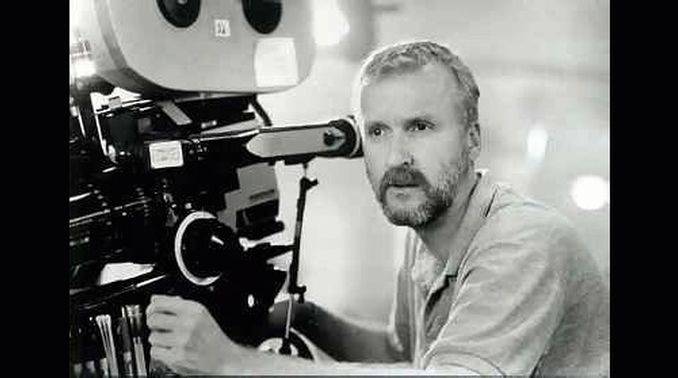This post was first published on 29th July, 2014.
In continuation to our previous discussion on how to protect ideas in the entertainment industry, the upcoming posts in the series will discuss landmark cases and analyse how Courts consider Breach of Confidentiality claims. Previous posts in the series may be accessed here and here.
The first of these cases is Zee Telefilms Limited and Another vs. Sundial Communications Private Limited and Others:
This suit was brought by the Plaintiffs alleging Breach of Confidence in the original concept developed by the Plaintiffs and the misuse of confidential information. The Plaintiff’s was a company engaged in the business of television programming, video programming, multimedia programming, feature films, television serial production etc. They were primarily involved in coming up with various creative concepts for television programmes, which were registered with the Film Writers’ Association. Going by this trend, the Plaintiffs worked on various concepts and came up with a concept titled ‘Kanhaiyya’.
After having discussed this original concept with the Defendant, the title was changed from ‘Kanhaiyya’ to ‘Krish Kanhaiyya’ and a detailed concept note, character sketch, detailed plot of first episode and ten episodic plots were sent to the Defendant. Plaintiffs met the Defendants and had certain price negotiations. Thereafter, the Plaintiffs did not hear from the Defendants. Then, the Plaintiffs approached Sony Entertainment Television with the same concept which Sony declined to produce, because it was learnt that the Defendants were doing the show based on the concept of ‘Kanhaiyya’. The Plaintiffs contended that there was a clear breach of confidentiality by the Defendants as the work of the Plaintiff was disclosed in confidence and on an understanding that the Defendant would not use the original concept in any way except through the Plaintiffs. Further, the Plaintiffs contended that the Defendants’ infringing copy was distinctly similar to that of the original work of the Plaintiffs in all material ways with only a few surface changes.
While deciding the principle of Breach of Confidence, the Court considered a number of authorities like Copinger and Skone-James on Copyright (13th Edn.) paragraph 21.1, pages 720-721, Saltman Engineering Co. Ltd. vs. Campbell Engineering Co. Ltd., (1948) 65 RPC 203 (at page 213), Coco vs. A.N. Clark (Engineering) Ltd. (1969) RPC 41, Franchy vs. Franchy (Extension Ch D), (1967) 5 RPDTC 149, CMI Centers for Medical Innovation GMBH an Anr. vs. Phytopharm PLC, (1999) FSR 235, Talbot vs. General Television Corporation Pvt. Ltd., reported in (1981) RPC 1, Fraser vs. Thames Television Ltd., reported in (1983) 2 All E.R. 101, Anil Gupta and Anr. vs. Kunal Das Gupta and Ors., reported in MANU/DE/0183/2002 : AIR2002Delhi379, Thomas Marshal (Exports) Ltd. vs. Guinel, (1978) 3 All ER 193 the Vice Chancellor observed at pages 209-210.
The Court, while deciding this matter held that the concept developed by the Plaintiffs was indeed novel. The Courts inferred the unlawful exploitation of Plaintiffs’ original concept in the Defendant’s TV serial, and having considered the two works involved in this case, neither hypercritically nor with meticulous scrutiny, but by the observations and impressions of the average viewer, striking similarities in the two works cannot in the light of the material placed on record, be said to constitute mere chance. The only inference that can be drawn from the material available on record is unlawful copying of the Plaintiffs’ original work which would affect Plaintiff’s business prospect and their goodwill seriously if the confidential information given to the Defendant is used against them in competition by the Defendants.
This is a landmark judgement as it enunciates the principle of Breach of Confidentiality very explicitly in the case of copying of a concept or creative idea. Going by the numerous striking similarities in the two works and in light of the material produced on record, it was held that there exist similarities in the two works. An injunction was granted based on circumstances of disclosure and similarities between the works.



